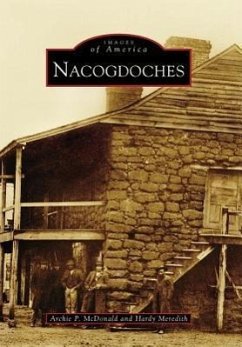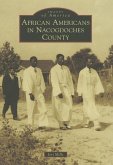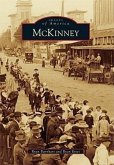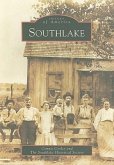Nacogdoches derives its name from the Caddo tribe that once lived in central East Texas along Banita and LaNana Creeks. Franciscan father Antonio Jesus de Margil established a mission for the Caddo people there in 1716. In 1779, Antonio Gil YBarvo founded the puebla of Nacogdoches and built the Stone House, or Stone Fort, the towns most enduring symbol of European influence. Nacogdoches served as headquarters for one of three administrative districts in Texas under Mexican authority and played a significant role in the Texas Revolution before stabilizing into a predominately rural and agricultural society. Two notable 20th-century developments"the selection of Nacogdoches as the home of Stephen F. Austin State University and the founding of Texas Farm Products, the citys first major industry"changed the community into a regional education, medical, and commercial center.








